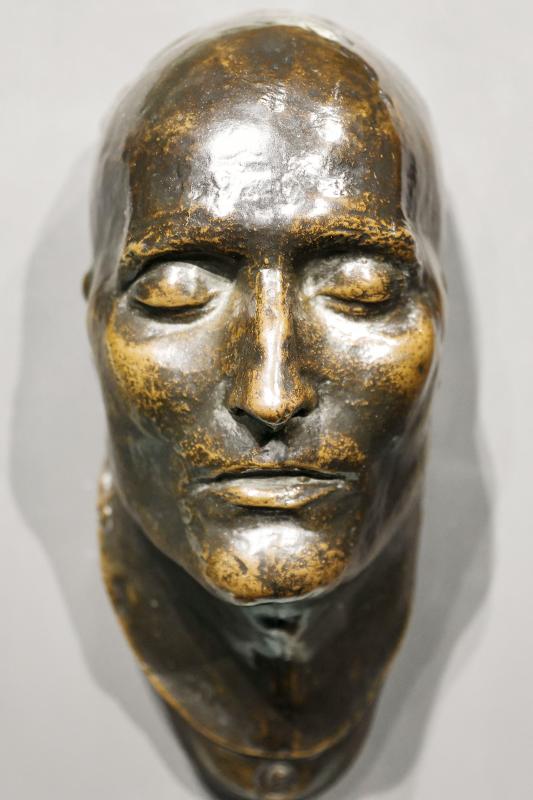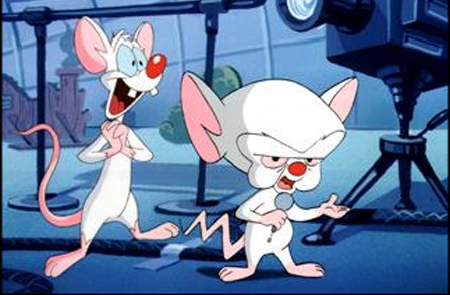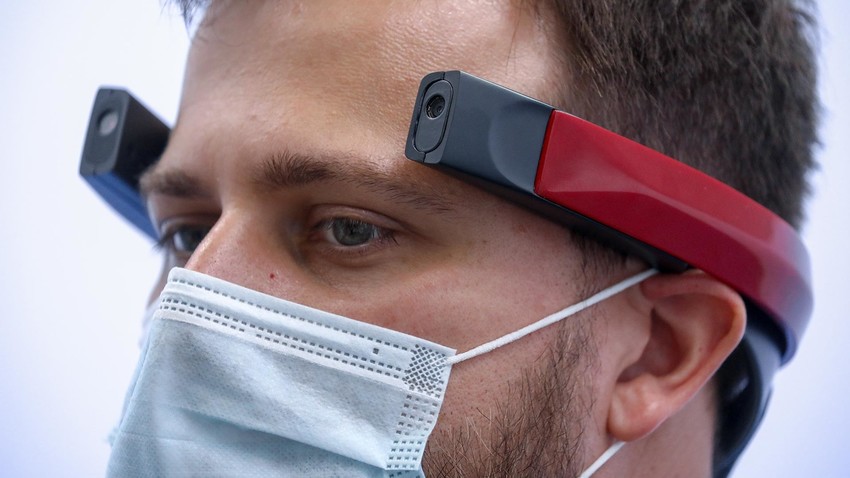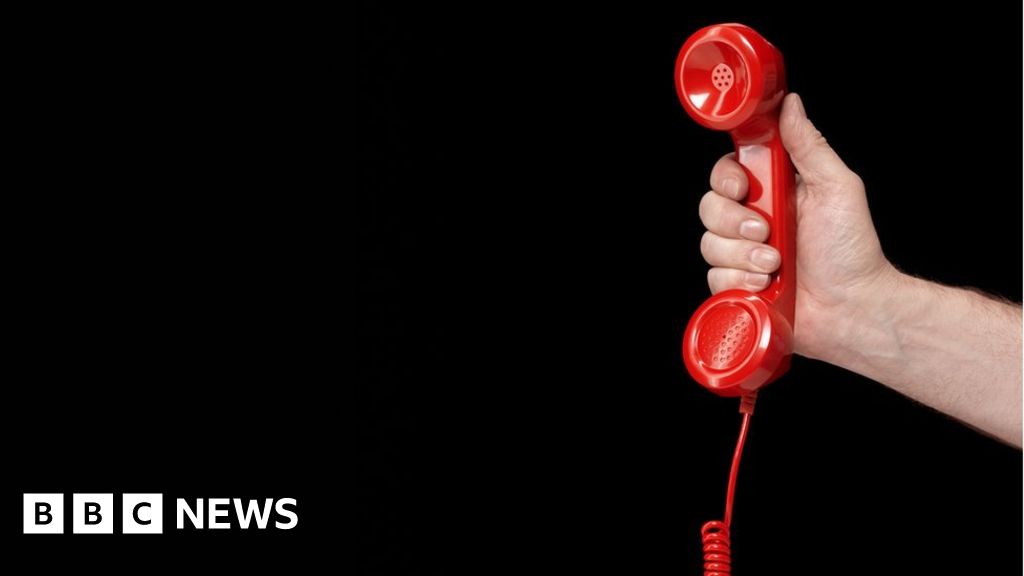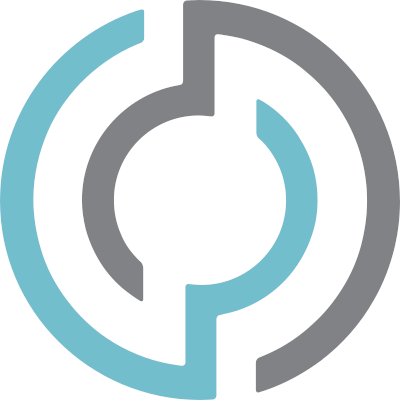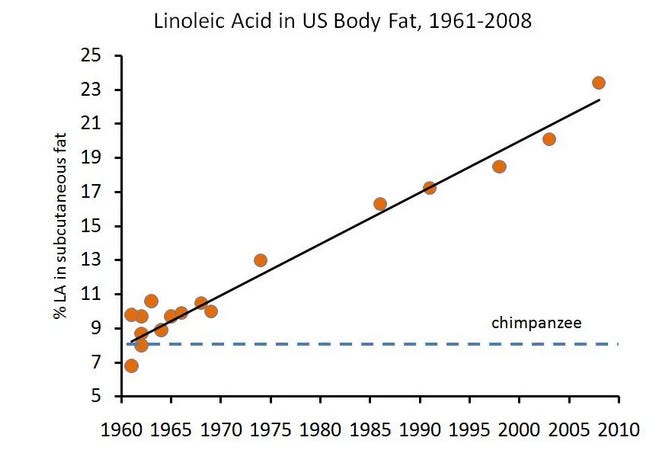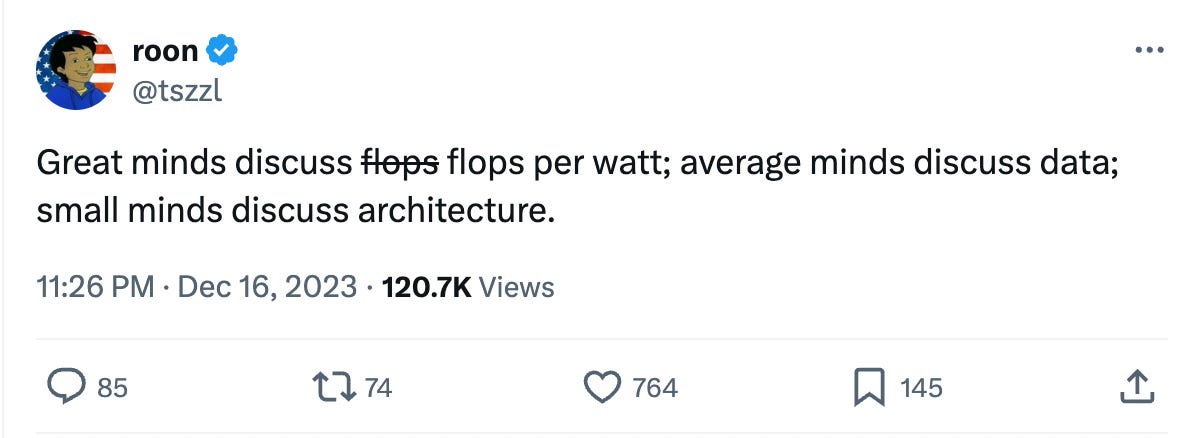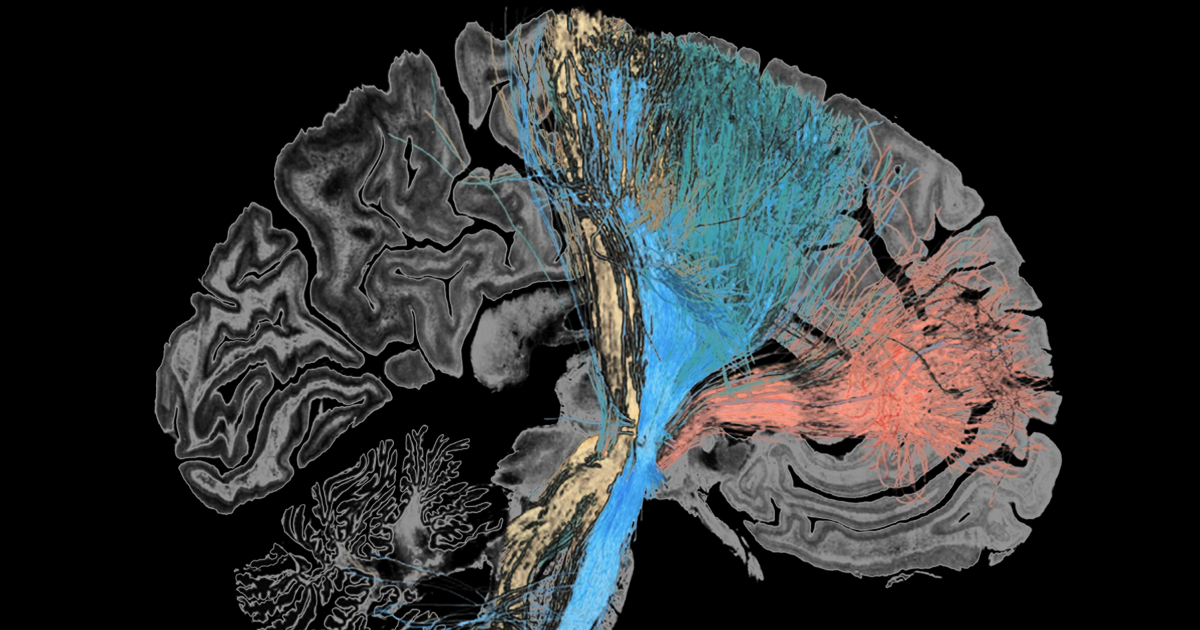
Drafting a ‘dysfunctome’: Faulty connections to subthalamic nucleus characterize disparate brain disorders
When Andreas Horn began researching brain disorders treated by deep brain stimulation (DBS) about 10 years ago, he says he also started to wonder about the subthalamic nucleus: How could modulating such a small structure at the base of the brain help people with symptoms as different as tics, tremors and compulsions?
One reason is that targeting that area activates different circuits associated with different conditions, according to a new study led by Horn, associate professor in neurology at Harvard Medical School. He and his colleagues identified the circuits by locating DBS electrodes in brain scans from nearly 200 people with Tourette syndrome, obsessive-compulsive disorder (OCD), Parkinson’s disease or dystonia and plotting those locations onto a normative connectome of the human brain, created using diffusion tractography scans of hundreds of control brains.
The resulting “dysfunctome,” as Horn and his team dubbed it, shows the set of circuits likely to be disrupted in those disorders, Horn says, given that their activation via DBS is associated with symptom improvement.

